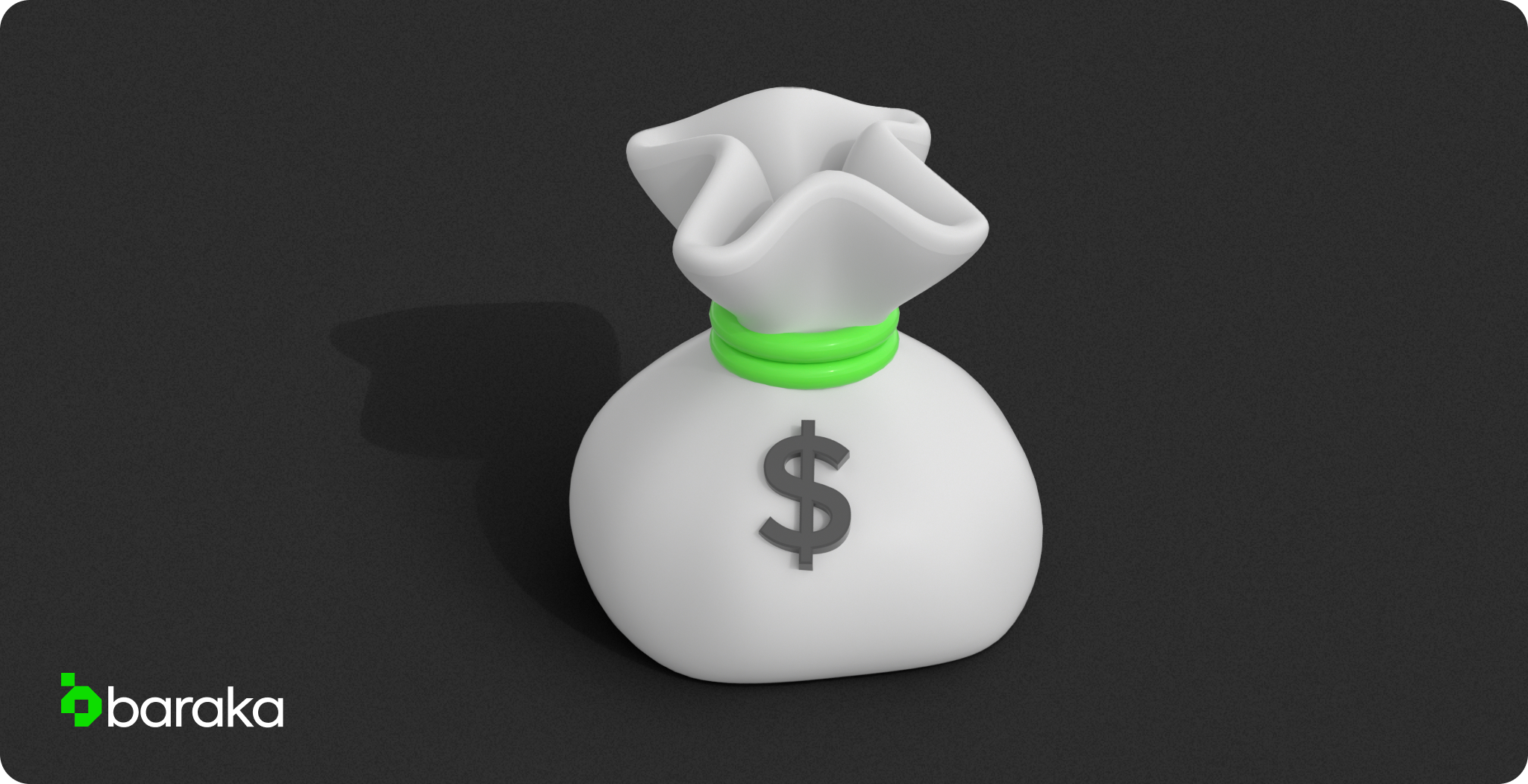A dividend is a payment that shareholders receive from a company when it earns a profit. When a company is profitable, its management and board of directors can choose to either reinvest the profits back into the company or distribute their profits to investors in the form of dividends. Dividends are essentially a company’s way of saying “thank you” to their investors.
In general, there are two types of dividends – regular dividends, which are dividends that a company expects to pay consistently over time, and special dividends, which are dividends that are “one off” payments that are used in certain scenarios such as a string of profitable quarters.
How are dividends paid?
Dividends can be paid out as cash or in the form of additional stock. Some companies may even offer an option for an automatic dividend reinvestment plan (DRIP). DRIP is a program that allows investors to reinvest their cash dividends into additional shares or fractional shares of the underlying stock on the dividend payment date.
Dividends are typically paid to shareholders quarterly, but some companies may choose to pay dividends at other frequencies, such as semiannually or every month.
Why are dividends important?
Dividends are important to both investors and companies alike.
For investors, dividends can enhance their portfolio by providing a steady flow of income and is a positive aspect in long term investment strategy.
This is because over time, there have consistently been steady returns from dividends, even during volatile markets. For example, since 1960, while stock prices fluctuated quite often, dividends paid by S&P 500 companies have generally increased in a straight line and have stayed relatively stable. Many investors choose to invest primarily for dividend payouts from stocks because of this reason.

Why do companies pay dividends?
There are various reasons why companies pay dividends. As mentioned before, companies pay dividends as a ‘thank you’ to investors. Companies also pay dividends to show that the company has strong cash flow, leading to strong investor confidence in the company and therefore creating additional demand for the stock. This is because investors view dividend payouts as a sign of strength and positive earnings and as a sign that company management has positive expectations for future earnings.
The argument against distributing dividends is that if a company decides to stop paying dividends to its shareholders for any reason, it could instill a lack of confidence in investors, which could lead to the stock price tumbling.
What is dividend yield?
A good way to compare dividend distributions from different companies is with dividend yield. Dividend yield is a simple calculation to tell an investor the percentage return in dividends of the investment over one year. The dividend yield is simply the total dividend amount over one year divided by the price per share.
For example, The Home Depot, Inc. (HD) has a price per share of $265.31. It’s dividend distribution for the year is $6.00. That means, its dividend yield is 2.27%, as of July 27, 2020.
What are important dates to note for dividends?
There are important dates to be aware of if you are investing for dividends. These dates help companies determine which investors will receive the dividends.
- Announcement or Declaration Date: Dividends are announced by the company on this date.
- Ex-Dividend Date: This is the date that dividend eligibility expires, before which investors must have purchased the company’s stock in order to receive the dividend. If an investor buys the stock on or after this date, they are not qualified to receive the dividend.
- Record Date: This date is the ‘cut-off date’ that determines which shareholders are eligible to receive the dividend.
- Payment Date: This is when the company issues the dividend payment to investors.
Who receives dividends?
Investors who purchase shares of stock before the dividend eligibility expiration date – called the ex-dividend date – will receive the dividends.
How does a company decide how many dividends to pay?
To determine how much to pay out to shareholders in dividends, companies develop a “dividend policy” over time, which is usually an explicit or implicit goal to pay out a certain amount of income as a dividend over time. For this reason, companies typically decide on a realistic number for its dividend payouts, so that the dividend payout isn’t volatile every year.
What are growth stocks?
On the other hand, growth stocks are those that are anticipated to grow at a rate significantly above the average growth for the same market, and therefore, typically do not offer dividends since their stock price value grows at a very high rate compared to others. Some examples of these are Facebook (FB), Amazon (AMZN) and Netflix (NFLX).
What is the difference between dividend stocks and growth stocks?
Growth stocks usually don’t pay dividends because the companies behind these stocks want to reinvest any earnings back into the company to accelerate company growth. Growth stocks can be risky and since these companies don’t offer dividends, the only time an investor can earn money is when they eventually sell their shares.

